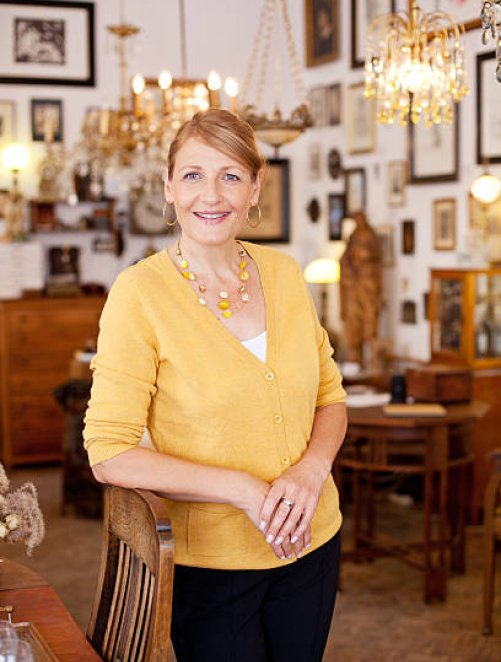










Table Swivel to open
a very handy table
29.5 inches high; 28.5 inch square top
Inherited
Yes


Hi Randy,
Thank you for contacting Mearto with your appraisal inquiry.
The Colonial Revival style emerged around 1876, gaining momentum after the U.S. Centennial Exhibition in Philadelphia, and remained influential well into the mid-20th century, especially the 1910s–1940s, when this table was made. It arose as a nostalgic response to the ornate and eclectic Victorian styles, aiming to return to the perceived simplicity and integrity of early American colonial architecture. It drew especially from Georgian, Federal, and Dutch Colonial styles of the 17th and 18th centuries and was promoted as a patriotic architectural expression, symbolizing stability and traditional American values.
The downcurving reeded legs are characteristic of the American Federal period (roughly 1790-1815) while the rounded reeded-edged top and the turning of the pedestal are more indicative of the Classical style that preceded it, from roughly 1815-1825. In that sense, it's appropriately called a "transitional" piece.
Most Colonial Revival style games tables that come to auction these days rarely sell for more than $500 at auction.
Based on the photos and information provided, and subject to examination, this is:
A Colonial Revival style transitional mahogany or walnut games table
unattributed American maker, early-mid 20th Century
The square top with rounded corners and reeded edged hinged and folding, rotating over a well on a turned pedestal with downcurving reeded legs, on brass casters.
Height: 29-1/2 inches; width: 28-1/2 inches; depth: 28-1/2 inches open (14-1/4 inches closed)
CONDITION: With wear commensurate to age and use.
PROVENANCE: Inherited
$300-500*
*represents a fair-market value for auction purposes; retail or asking price may vary.
Please let us know if you have additional items to appraise, or questions/concerns, and thank you again for using Mearto.
~ Delia









